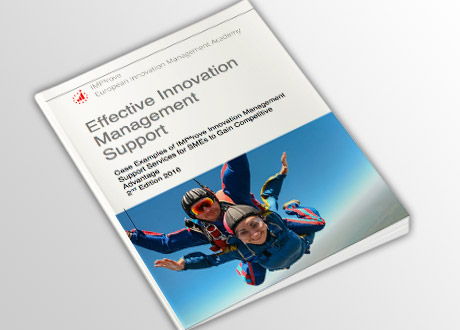In our society, it is still quite common to attribute the creation of new ideas to either genius or serendipity - a lucky moment finding a valuable insight without actually looking for it. In recent years, however, human creativity was demystified. Empirical research shows that the development of novel ideas has less to do with the inexplicable genius of some individuals, than with the circumstances in which they occur. No genius of any sort could have invented an iPhone in 1850, since the technological trajectory was not anywhere near this point at that time. If there is a 'natural limit' to innovation, then how can we describe the field of possible innovations?













